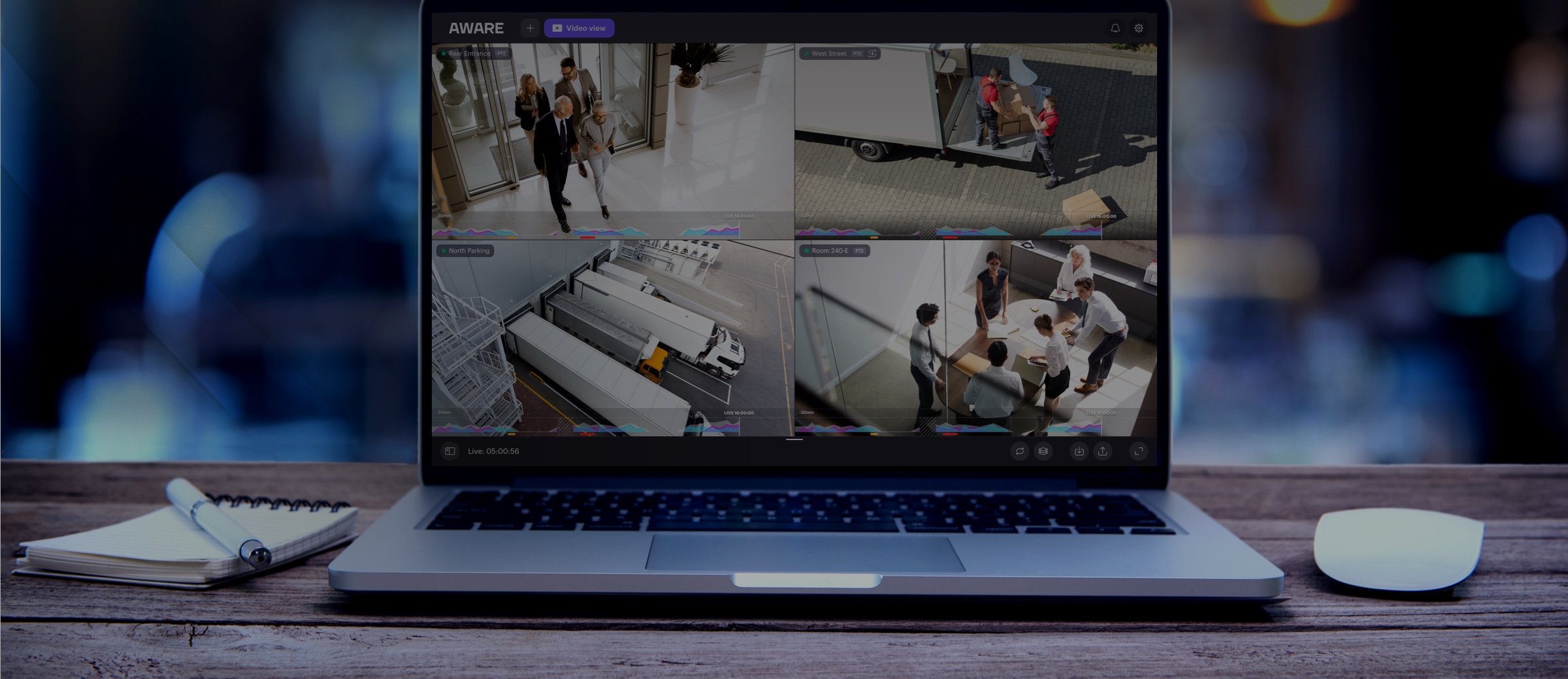Before we started our journey in the physical security space, we needed to see what organizations needed the most when they installed a video surveillance system. We immediately noticed the massive number of cameras out there and the small number of security operators to monitor them. These cameras were recording 24 hours a day, seven days a week. The traditional solution always involved a human operator and a video wall with an overwhelming amount of video feeds. We asked ourselves: if a human can’t look at the footage, why even have cameras installed in the first place?
We realized that operators needed the tools to understand if something was happening live.
Next, we noticed the case of investigating historical incidents. Operators spent hours or days looking for suspects, tracking down their movements, or getting accurate results they could build compelling cases on.
Minor events should only take a few minutes of search until operators could respond effectively.
We didn’t want to be yet another video security provider; we tried to answer the needs of organizations who struggled to keep their premises and people safe. To design our products, we pinned down a few fundamental principles:
- pragmatic: our solution must make operators effective, not replace them;
- integrated approach: our analytics must be built-in, scalable, and cost-effective;
- easy to use: easy to install, manage, upgrade, license;
- advanced: leverage the latest technology on the market;
- secure from the ground up: we must prioritize cybersecurity features and privacy of data and people.



